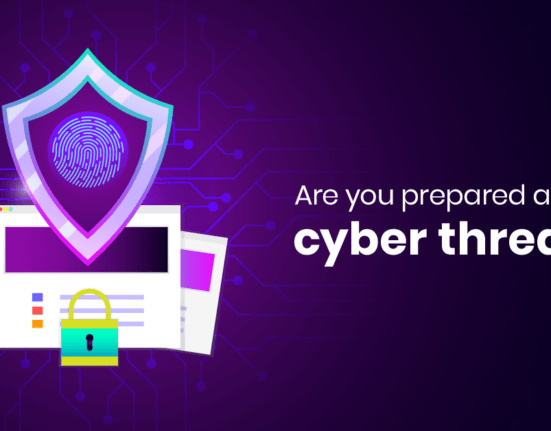Stay ahead of the curve and protect your business from AI-related cyber threats with our comprehensive guide. Learn effective cybersecurity strategies for risk management in the ever-evolving landscape of AI technology. Get expert insights and practical advice to navigate the AI frontier confidently.
In recent years, artificial intelligence (AI) has emerged as a transformative technology with far-reaching implications for virtually every industry. From healthcare and finance to retail and manufacturing, AI is being integrated into a wide range of applications and processes to improve efficiency, productivity, and accuracy. However, as AI becomes more pervasive, the risks associated with cybersecurity are also growing. In this article, we will explore the challenges of balancing innovation with risk management in the age of artificial intelligence. The digital age has brought with it unprecedented innovation and convenience. However, it has also brought with it a new set of security risks. As artificial intelligence (AI) becomes increasingly prevalent, the need for robust cyber security measures becomes more critical.
The challenge lies in balancing innovation and risk management. AI has the potential to revolutionize cyber security and make it more efficient, but it also poses new challenges that must be addressed.

One of the primary challenges of AI cybersecurity is the complexity of the technology itself. Unlike traditional software programs, AI systems are not built using a set of predetermined rules. Instead, they learn from data and adjust their behavior accordingly. This means that AI systems can be more difficult to secure because they are constantly evolving and adapting to new information.
Another challenge is the potential for AI to be weaponized by malicious actors. For example, hackers could use AI algorithms to automate attacks or to create sophisticated social engineering scams that are more difficult to detect. Additionally, AI-powered bots could be used to launch coordinated attacks on vulnerable targets, such as critical infrastructure systems. AI can be used to detect and prevent cyber threats, as well as identify and respond to potential attacks. AI-driven analytics can help identify suspicious behavior and alert security teams of potential threats.
AI can also be used to automate security processes, such as patching and updating systems, and to detect and respond to malicious activity in real time.
AI-driven cyber security solutions can be vulnerable to attack, as attackers can use AI to their advantage. AI systems can be fooled by malicious actors, and can be used to launch sophisticated attacks.
AI can also be used to automate malicious activities, such as phishing attacks and distributed denial of service (DDoS) attacks. This can make it difficult to detect and respond to threats in a timely manner.
To address these challenges, organizations must take a comprehensive approach to AI cybersecurity that balances innovation with risk management. This approach should include the following elements:
Risk assessment: Organizations must assess the risks associated with AI systems and identify potential vulnerabilities. This includes understanding the types of data that are being processed by AI systems, as well as the potential impact of a security breach.
Secure design: AI systems must be designed with security in mind from the outset. This includes implementing secure coding practices, integrating security testing into the development process, and using encryption and other security measures to protect data.
Monitoring and response: Organizations must be able to monitor AI systems for security threats and respond quickly to any incidents. This requires the use of advanced threat detection and response tools, as well as training and education for employees on how to identify and report potential security threats.
Collaboration and information sharing: Cybersecurity threats are constantly evolving, and no organization can defend against them alone. To stay ahead of the curve, organizations must collaborate and share information with other stakeholders in the industry, including government agencies, research institutions, and other companies.
Continuous improvement: AI cybersecurity is not a one-time event; it is an ongoing process that requires continuous improvement and adaptation. Organizations must be willing to invest in cybersecurity technologies and strategies, and to remain vigilant against emerging threats.
In conclusion, the integration of AI into our daily lives has created new opportunities for innovation and growth, but it has also introduced new risks and challenges for cybersecurity. As we continue to explore the potential of AI, it is essential that we take a comprehensive approach to cybersecurity that balances innovation with risk management. By following best practices for risk assessment, secure design, monitoring and response, collaboration and information sharing, and continuous improvement, we can mitigate the risks of AI cybersecurity and unlock the full potential of this transformative technology.
Image Source: Analytics Insight












